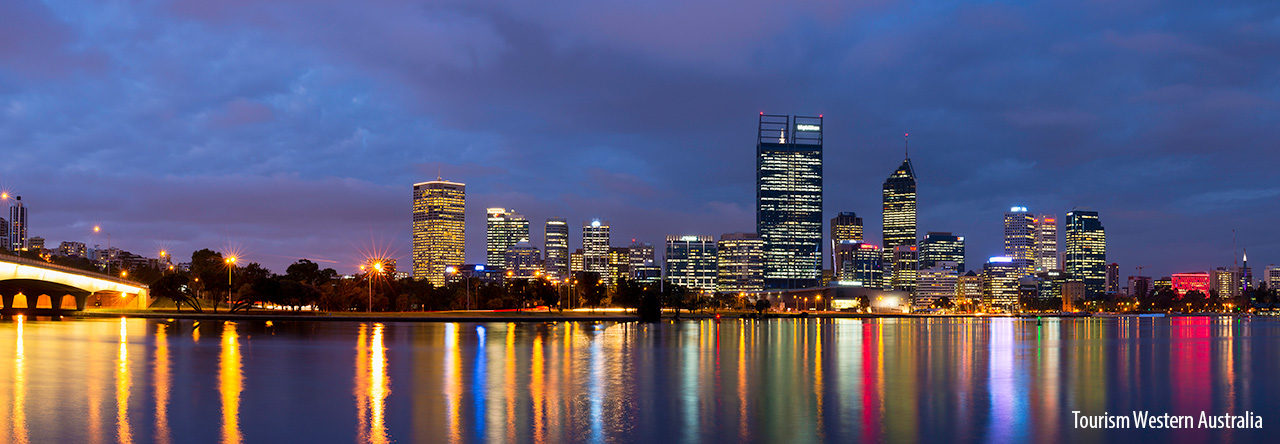Market open this morning doesn’t seem to reflect the promise of endless 3% growth in the US minus the inflation. The perfect scenario, we were told sold over the weekend by former Goldman Investment Banker, Film Producer and current US Treasury Secretary, Steve Mnuchin.
He (net wealth $300m) certainly doesn’t seem concerned with endless trillion dollar deficits, sky high equity valuations and through the roof debt in the face of rising rates and shrinking central bank liquidity.
Nine years of Central Banks “fixing” the last central bank created debt and derivative bubble by creating more epic bubbles in has produced some spectacular scenes for his next movie.
The funding of epic billion-dollar red ink generators like Tesla and Netflix has not been a problem, so far.
This period “easy money” for some was summed nicely by Grant Williams’ take on the now not so recent USD700 million capital raising from “Wework”.
“Ten years into the ongoing laboratory experiment being conducted by the world’s central banks, everywhere you look there are multiple examples of the kind of lunacy those policies have fomented by reducing the cost of capital to virtually zero and forcing investors to take risks they would ordinarily avoid in order to find some kind of return.
WeWork is one example of a company for whom, in the face of rapid growth, massive negative cashflows aren’t a problem, but there are plenty of others. Uber, AirBnB, SnapChat and, of course, Tesla have all captured the imagination of investors thanks to lofty dreams, articulated by charismatic CEOs—but the day things turn around and the economy begins to weaken or, God forbid, investors seek a return on their investment as opposed to settling for rolling promises of gigantic, game-changing revenues to come, it is over”.
So, we probably won’t know for a month or two whether the one day losses for Facebook last Thursday rings a bell or not.
Let’s just put some values into perspective. This, below, is one way to view the US stock market by company size.

And this on Facebooks earnings “miss”.

We do think it’s fair to say that we are closer to the end stages of the greatest “financial” bubble the world has seen than we are to the start. Whilst we accept it could continue to flourish in its current form for a while yet, it could also burst in an extremely short time frame, such is the leverage and lack of backing collateral. Same as it was in 2008/09.
The backbone to this experiment mental monetary intervention by central bankers has been QE/money printing/market support/yield suppression/whatever it takes policy to keep the show on the road as illustrated below.
The chart below is the shared monthly money printing load of main central bank players. This chart gets more interesting the more one looks at it, a true work of art.
Those yellow and green guys below have certainly been doing the bulk of the heavy lifting over the past 3 years!!
So, now they’ve bought everything in sight over the last few years, they’re just going to stop???
One very real question is what might the effect of taking the punchbowl and away and when might we feel it?
Northern Hemisphere Summer holiday seasons still make us nervous.

Yes, its been a while.

What might the Central Bank response be in the event of the next crisis? There can be no doubt. Massive attempts to reflate, again.
Although this time, especially in the case of the US, already managing trillion dollar a year budget deficits, there is the very real possibility that it might not work the same way next time.
Next time, the possibility of creating rampant inflation and crushing fiat currencies, whilst so far unsuccessful, may be highly likely accompany a general loss of confidence in the system.
It may be hard to protect one’s asset base in a scenario where this goes global.
So, for good measure!


